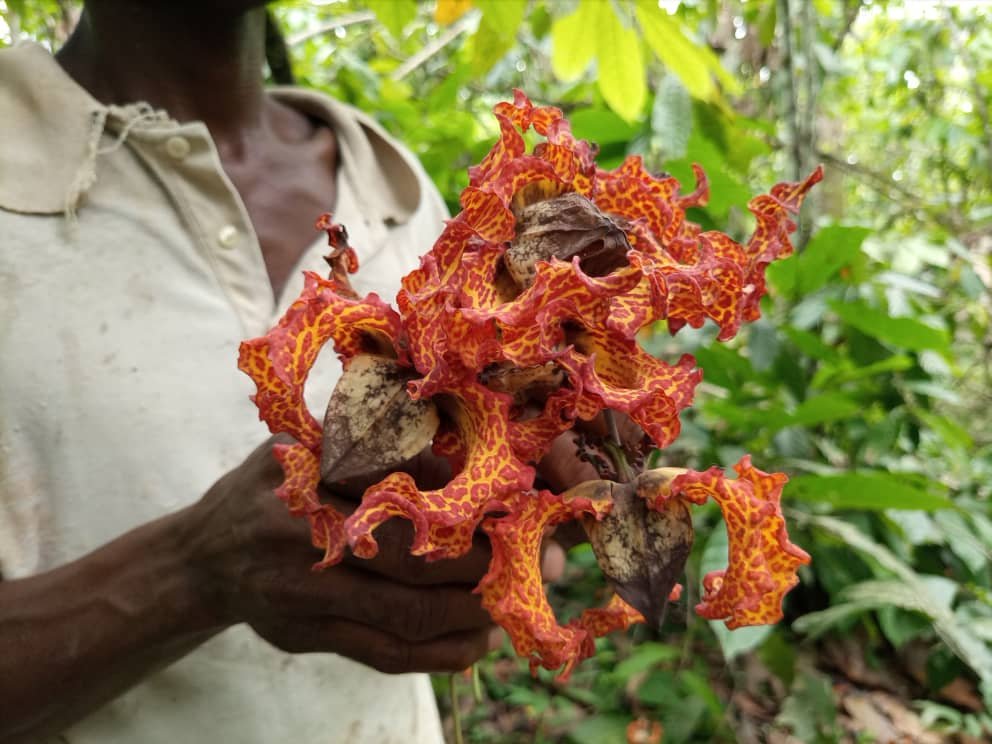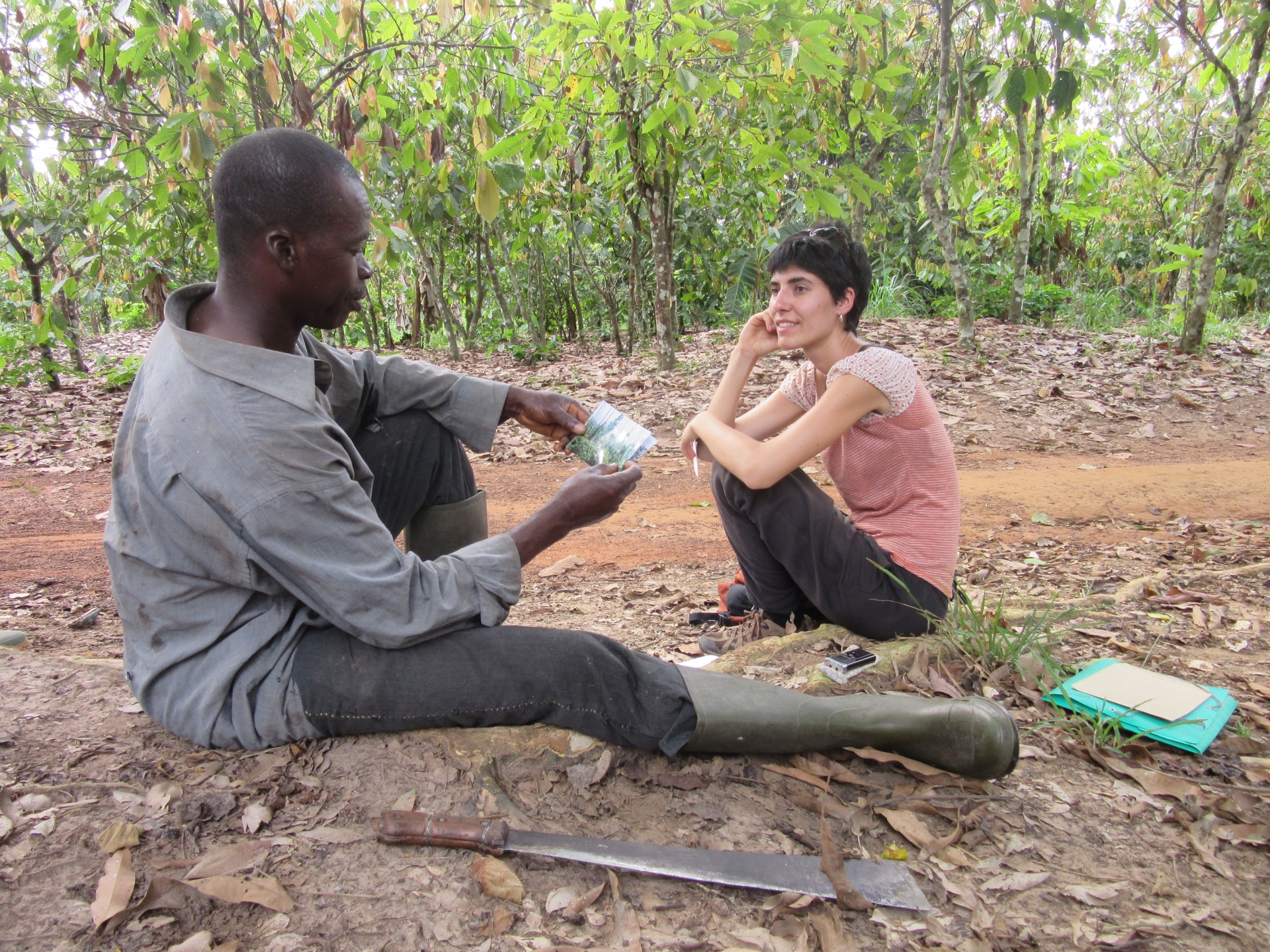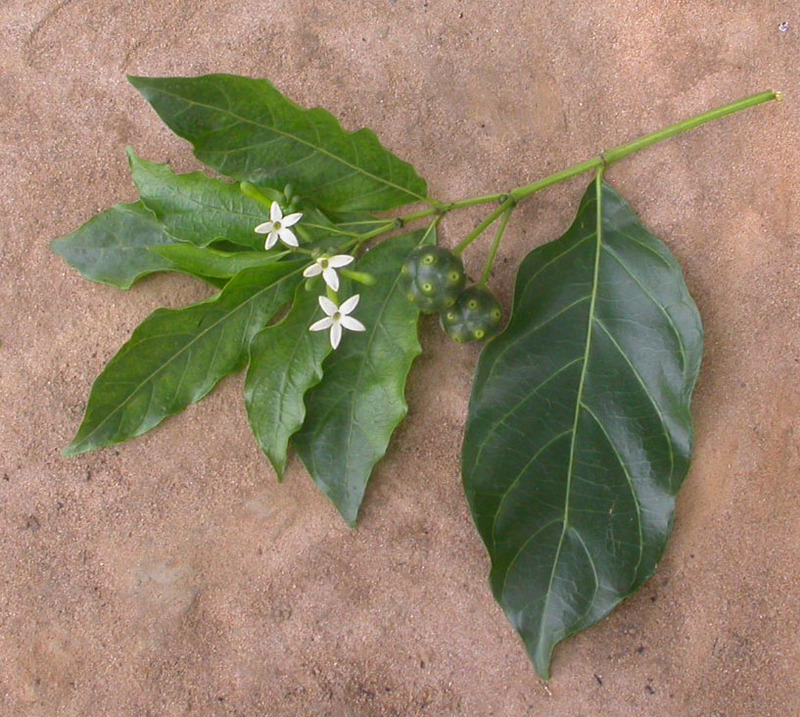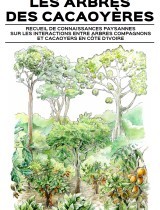

Publication of a compendium of peasant knowledge on the interactions between companion trees and cocoa trees
In the cocoa production sector, agroforestry is a relevant lever to help the agronomic management of plots (shade, maintenance of soil fertility, microclimate, parasite management, etc.), contribute to regeneration of the productive potential of degraded post-forest land, and help maintain cultivated biodiversity.
However, there is a great diversity of agroforestry systems ranging from the simplest (association of cocoa trees with a species of fruit trees such as orange trees) to the most complex (association of fruit and forest species on several strata, of various origins). By observing the cocoa plantations and the farmers who exploit them in Côte d'Ivoire, "their" agroforestry is in fact a fairly widespread practice, long before the concept was taken up by development stakeholders. Indeed, we observe the maintenance and introduction of tree plant species associated with plantations for productive purposes. This is the purpose of this work, which comes to transcribe peasant knowledge on paper, by decoding it to make it broadcastable and applicable.

The work of collecting peasant knowledge in the field
What associated trees are observed in cocoa plantations? What is their impact on cocoa trees? What peasant knowledge can be used to improve the productivity of cocoa plantations?
Thus, after having collected peasant knowledge in Côte d'Ivoire for several years, Nitidæ offers a guide detailing the interactions between associated trees and cocoa trees. "Cocoa trees - Compendium of peasant knowledge on the interactions between companion trees and cocoa trees in Côte d'Ivoire" thus presents 36 West African tree species commonly encountered in Ivorian cocoa plantations and for which peasant knowledge are the most concordant. This knowledge is not deduced from experimental research but is the result of observations, empiricism and practices of producers. The great agreement between this knowledge from one producer to another, from one species of tree to another and from one region to another led us to share and disseminate this collection of peasant knowledge.
For each species, this booklet offers a double page:
- the first allows you to identify the species using pictorial descriptions, it also illustrates the phenology of the tree
- the second page presents the potential uses of the species, its effects on cocoa trees as perceived by farmers and the growing conditions and propagation methods.

For example, the Koya Morinda lucida (Rubiaceae) "weeps" and comes to moisten the soil, in addition it provides shade all year round to attenuate the effect of the dry season
This booklet is designed as a support tool for agricultural technicians and advisers, cooperative staff, cocoa producers and project leaders involved in the promotion of agroforestry. The user of this booklet will therefore be able to choose the species to introduce into a cocoa plantation, knowing its effects on the environment and on the development and production of neighboring cocoa trees. He can therefore use the introduction of trees as an agronomic lever, in response to the diversity of the needs of his plantation. For example, a species that maintains soil moisture can be selected and planted in an area of the plantation prone to water shortage. This collection of peasant knowledge also aims to include the introduction of trees in cocoa plantations as one of the possible practices for improving the productivity of cocoa plantations.
This booklet is only a first version of a long-term work undertaken by Nitidæ and its partner cooperatives. It will be enriched and completed thanks to the comments of anyone wishing to participate in this collective work of documentation of peasant agroforestry practices in West Africa.

